6 Traditional Italian Easter Foods You Need to Try

6 Traditional Italian Easter Foods You Need to Try
Easter in Italy, or Pasqua, is a time to gather with loved ones, enjoy festive meals, and celebrate the season of renewal. It’s customary to greet others with Buona Pasqua – how you say “Happy Easter” in Italian. During this celebratory time, food plays a central role, with a mix of savoury and sweet dishes served throughout the day.
Before diving into our countdown of the most popular Italian Easter foods, it’s important to note that traditional Italian Easter meals are typically divided into six distinct courses:
- Antipasti (appetizers)
- Prima (first course)
- Secondi (second course)
- Contorni (side dishes)
- Dolci (desserts)
- Digestivo (to end the meal)
Now, let’s explore the delicious foods that bring Italian Easter celebrations to life!
6 Traditional Italian Easter Foods for a Holiday Feast
To help you experience the true flavours of an Italian Easter, we’ve compiled a list of the most popular traditional foods, based on insights from expert Italian chefs. From savoury to sweet, these dishes are beloved across Italy and capture the essence of this special holiday.
1. Italian Style Lamb
Lamb is a traditional Italian Easter dish, symbolizing purity and sacrifice, and is often served as a nod to Christian heritage. It’s commonly roasted or prepared as abbacchio (young lamb) in various regional styles, sometimes with garlic, rosemary, and olive oil for added flavour – although how the meat is prepared will usually differ from region to region.

2. Italian Egg Dishes
Eggs, representing new life and renewal, play a central role in many Italian Easter meals. Traditional Italian egg dishes, like Torta Pasqualina and Brodetto Pasquale, are staples of Easter celebrations.
Torta Pasqualina is a savoury pie filled with eggs, ricotta, and spinach, often made with a flaky pastry to symbolize the resurrection and the new season. Brodetto Pasquale is a rich fish stew, often accompanied by eggs, reflecting Italy’s coastal traditions and Easter’s connection to renewal and life. These dishes are deeply rooted in Italian heritage and regional flavours, making them a delicious way to celebrate Easter with family.
3. Italian Style Vegetables
Green vegetables are a key part of Italian Easter dinners, symbolizing the arrival of spring and renewal. Artichokes, often sautéed with garlic and olive oil or stuffed, are a spring favourite, especially in central and southern Italy. Fava beans are also common, eaten raw with olive oil or prepared in a simple stew.
Asparagus and broccoli, often blanched or roasted with lemon and olive oil, adds a fresh, grassy flavour that reflects the season’s abundance. These dishes celebrate the vibrant, fresh produce of spring, offering light, flavourful accompaniments to the rich main courses of Easter.

4. Italian Easter Cake
Schiacciata, typical of Tuscany, is a sweet, flat cake infused with olive oil and often flavoured with oranges or anise, providing a fragrant, citrusy sweetness. Pastiera Napoletana, a beloved dessert from Naples, is a sweet ricotta and wheat cake with hints of orange blossom, creating a fragrant, creamy, and slightly citrusy flavour.
Each cake reflects the unique traditions and tastes of its region, making them a festive and indulgent part of the Easter feast.
5. Italian Easter Bread
What is Italian Easter bread you might ask? Italian Easter bread is a symbolic and festive treat enjoyed during the holiday, typically made with sweet or savoury dough and often shaped into intricate forms.
Casatiello, from Naples, is a savoury bread filled with cheese, salami, and eggs, representing abundance and celebration. Braided bread, found in central and southern Italy, is often sweet and adorned with colourful sprinkles or hard-boiled eggs, symbolizing life and renewal. In the north, Panettone is a fluffy, fruit-filled bread, traditionally served as a dessert during Easter. Each of these breads reflects the regional traditions and flavours of Italy, making them a delicious and meaningful part of any Italian Easter feast.

5. Italian Easter Pie
What is Italian Easter pies are savoury or sweet pies that hold special significance during the Eater period.
Pizzagaina, a savoury ricotta and egg pie with cured meats and cheese, is a traditional Easter dish from the regions of Campania and Lazio, often served as a main course. In Italy, pies are a beloved part of Italian Easter dinners and feasts, each reflecting regional flavours and holiday traditions.
By bringing these authentic Italian dishes into your Easter celebration, you can enjoy a true taste of Italy, from savoury pies and lamb to sweet breads and cakes. Whether you’re preparing a festive meal for family or simply exploring new recipes, these beloved dishes will add a special touch to your holiday table.
FAQs about Italian Easter Celebrations
What do Italians give for Easter?
For Easter, Italians traditionally exchange gifts that celebrate the season and the joy of the holiday. Common gifts include chocolate eggs, Easter baskets filled with sweets, candies, or paschal eggs, are also popular. In some regions, people gift artisanal foods like cheeses, salumi, or special Easter breads. Additionally, flowers, especially lilies and handcrafted items are given to loved ones.
What do Italians eat for breakfast on Easter?
A traditional Easter breakfast often includes colazione dolce, or a sweet breakfast, with treats like colomba di Pasqua and chocolate eggs. Alongside these, it’s common to have a cup of espresso or a cappuccino, sometimes paired with fresh fruit or cheese. The meal is often light but celebratory, setting the tone for the larger family feast later in the day.
How do Italians celebrate Easter?
Italians celebrate Easter with family gatherings, attending church services and enjoying a festive meal. They exchange chocolate eggs, participate in regional traditions like the Scoppio del Carro in Florence, and enjoy Pasquetta (Easter Monday) with picnics and outdoor activities.
Why not join us for an Easter meal at San Carlo and keep the celebrations going? Buona Pasqua!




